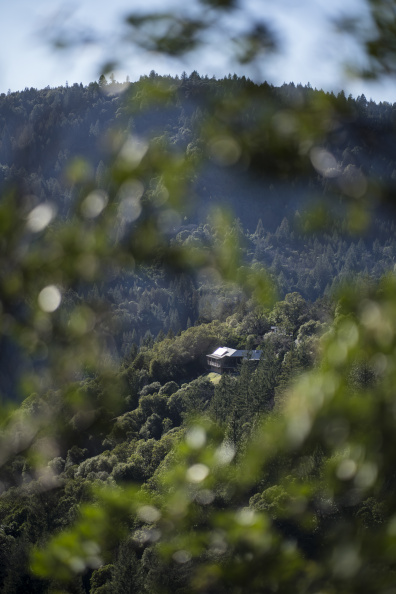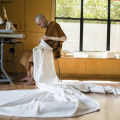Home /
Dye for monks' robes often comes from natural sources - in Thailand, monks use the heartwood of the local jackfruit tree. Dhammavaro collected bark from the native madrone tree and dyed his robes at the monks' utility building, pictured here.
1319/5279

- Created on
- Tuesday 12 March 2019
- Posted on
- Friday 4 September 2020
- Dimensions
- 2400*3600
- File
- 20200904_dhammavaro_final_25.jpg
- Filesize
- 3718 KB
- Albums
- Visits
- 2117

